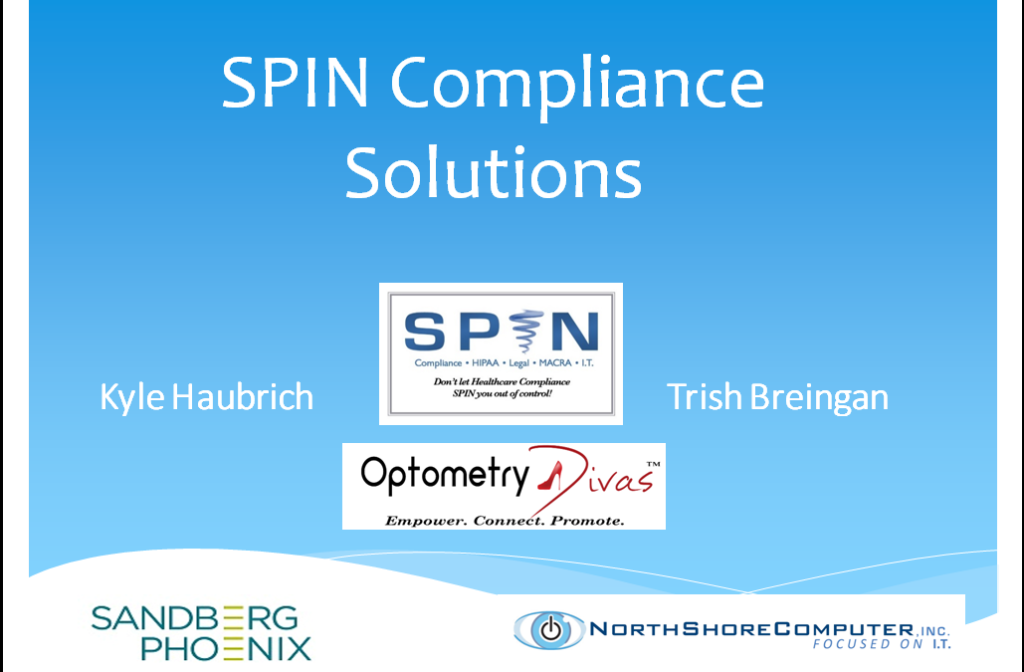Five Major Threats to the CEO Optometrist and How to Protect Against Them

“Champions keep playing until they get it right.” —Billie Jean King
As many independent practice owners know, owning your own optometry practice comes with great rewards, but these rewards are accompanied by significant risks. Protecting your practice from these risks is crucial for long-term success. To safeguard your practice, it’s essential to identify potential threats and develop a solid risk management plan.
Understanding Risk and Risk Management
Risk refers to the probability of an event occurring and its potential consequences. Risk management is the practice of using experts, processes, and tools to identify, assess, and manage risks effectively. By implementing a risk management strategy, you can proactively address the uncertainties that could threaten your practice.
Effective risk management focuses on:
- Identifying what could go wrong
- Evaluating which risks are most critical
- Developing strategies to mitigate or avoid those risks
A well-prepared practice is more likely to thrive, ensuring business success while reducing the potential for failure.
This article series is inspired by a piece from Info Entrepreneurs, which outlines how to identify and address the risks your practice may face. We’ve tailored the information to be more specific to optometry practices, emphasizing how independent optometrists can protect their businesses.
The Five Major Threats to Your Optometry Practice
According to Info Entrepreneurs, the primary categories of threats to businesses—and by extension, your optometry practice—are as follows:
- Strategic Risks
A strategic risk involves external factors that affect your long-term business goals. For example, a competitor introducing online eye exams or setting up shop near your practice could threaten your market share. How do you ensure your practice stays competitive? - Compliance Risks
Compliance risks arise when new regulations or laws affect your practice. For example, the introduction of new healthcare legislation like MACRA/MIPS could require changes to your billing processes and patient management. Staying informed and compliant is critical. - Financial Risks
Financial risks include potential losses due to changes in income streams, such as losing a major insurance contract. This could seriously impact your revenue if it represents a significant portion of your practice’s income. - Operational Risks
Operational risks cover everyday challenges like equipment breakdowns or theft. For instance, if your server crashes or your equipment is stolen, it could disrupt patient care and lead to financial losses. How do you ensure your operations continue smoothly? - Professional Risks
Professional risks involve issues like losing your license to practice or damaging your reputation. These risks could arise from malpractice claims or negative online reviews, affecting your credibility and patient trust.
Additional Risks to Consider
- Environmental Risks: Natural disasters, such as floods or hurricanes, can cause significant damage to your practice.
- Employee Risks: Maintaining a sufficient, skilled staff is essential. Risks include staff turnover, inadequate training, or workplace safety issues.
Developing an Effective Risk Management Plan
A good risk management plan includes:
- Identifying Risks: Methodically list the risks your practice may face, from operational breakdowns to new competitors.
- Assessing Risks: Evaluate the likelihood and impact of each risk. Consider the consequences of these risks in terms of patient care, finances, and legal compliance.
- Implementing Controls: Once risks are identified, establish systems and controls to mitigate them. This could include setting up contingency plans, investing in new technology, or updating your training programs.
- Monitoring: Continuously monitor your risk management strategies to ensure they remain effective. Adjust as needed based on evolving threats or changes in your practice.
Benefits of Risk Management
By implementing a comprehensive risk management plan, you:
- Improve decision-making, planning, and prioritization
- Allocate resources more efficiently
- Anticipate potential issues before they escalate into serious problems
- Minimize financial losses and improve the likelihood of meeting your business goals
Risk management becomes even more important when introducing something new to your practice, such as a new specialty service or product. In such cases, competitors or technological advancements could pose significant risks.
How to Evaluate Risks
Risk evaluation helps you determine the significance of risks to your practice and decide whether to accept the risk or take action to prevent or minimize it. To effectively evaluate risks:
- Rank them by consequence and probability. Consider how likely each risk is to occur and what the impact would be on your practice.
- Use a risk map to visualize risks. Rate each risk on a scale from 1 to 10 (1 being least significant, 10 being highly significant). This allows you to prioritize risks and allocate time and resources accordingly.
By ranking risks, you can focus on the most critical threats to your practice and put controls in place to address them.
What’s Your Biggest Threat?
Over the next few weeks, we will explore these five major threats in greater detail and offer actionable steps to prepare for them. But first, we want to hear from you! In your opinion, which of the following poses the highest risk to your practice?
- Strategic: A competitor entering your market
- Compliance: New healthcare legislation
- Financial: Loss of a significant income source
- Operational: Breakdown or theft of key equipment
- Professional: Loss of license or damage to reputation
Protect Your Practice with the CEO of YOU Business Consulting
Get the tools and support you need to protect your practice from these major threats… Join our CEO of YOU Business Consulting today!
Until next time, remember to Dream Big, Take Risks, and Become the CEO of YOU!™






Responses